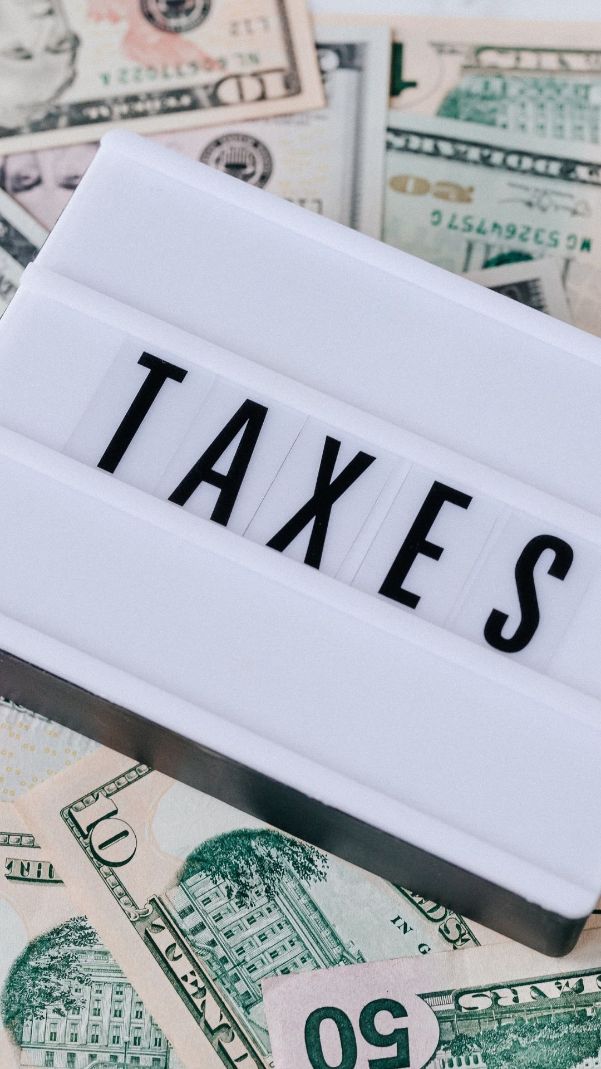
Tax Reform
The original Ryan/Brady tax reform was largely the brainchild of Goodman Institute economists Alan Auerbach (Berkeley) and Laurence Kotlikoff (Boston University). The bill that finally passed is probably half as good in terms of economic impact. But it was still worth doing.
“Unless other countries lower their tax rates to match our lower rates, we expect about $9.5 trillion of new capital to flow into the United States,” says Kotlikoff.
The new capital will be invested, create new jobs and make existing jobs more productive. The average household will experience about a $4,000 boost in annual wage income. An average-age, average-income household can expect lifetime gains in the neighborhood of $60,000 to $70,000.
“Workers, not shareholders will be the big winners from corporate tax reform,” Kotlikoff said.
Goodman Institute Estimate: Effects of Tax Reform
Average increase in annual household wages = $4,000
Lifetime gain for average-age, average-income households = $65,000
Increase in the capital stock = $9.5 trillion
Increase in GDP over 10 years = $8 trillion
Increase in government debt over 10 years = $800 billion
Debt/GDP: unchanged
Progressivity of the new fiscal system: very similar to the current system
How the Goodman Institute Models Tax Reform
Using a state-of-the-art model of international capital flows, Kotlikoff and his colleagues are predicting the new tax reform legislation will give a jolt in the arm to the economy. The model predicts that in response to lower US corporate tax rates, capital will flow to the US from Europe, Russia, China, Latin America and even Africa.
An early version of the model, created by Kotlikoff and Auerbach was the first large scale simulation model of economic growth, demographic change, and fiscal policy. Developed in the early 1980s, it has become a standard tool for policy analysis throughout the world. The Joint Committee on Taxation, the Congressional Budget Office, and the Tax Policy Center have all used variants of the early model to study tax reform, including the economic outcomes of the new tax law.
But the new model is very different from earlier versions.
“We are now able to analyze the economies of all countries in the world as carefully as we have been analyzing the U.S. economy,” said Kotlikoff. “Doing so is essential for understanding the evolution of the world’s supply of capital as well as the share of the global capital stock that will be invested in the US.”
The new model took three years to develop. It has 3½ million equations. It takes several computers operating up to 6 hours to do a single run.
It’s the most sophisticated tool economists have to assess the response of our economy to tax reform, particularly tax reforms that enhance the incentive to invest in the U.S.
How We Model Wages
Until recently, no one really knew who bears the burden of the corporate income tax. The views of economists were merely guesses. Then, in 2014, Laurence Kotlikoff and his colleagues published a seminal study of international capital flows. The study (posted at the NBER Working Paper site) concluded that the burden of the corporate income tax is born by labor – in this country and everywhere else around the world.
In other words, a tax on corporate profits is not a tax on shareholders (whose return is determined in the international capital market). It’s a tax on workers
Based on the study, Kotlikoff wrote an editorial for the New York Times, arguing that the surest way to raise the wages of the American worker is to abolish the corporate income tax. The latest modeling is an upgrading of the earlier work.
How We Measure Fairness
Conventional analysis asked how a tax change affects everyone at a similar income level in the current year. But that means that people beginning their work life, people at the peak of their careers and retirees are all treated as though they were the same. If Warren Buffett has portfolio losses during the year, he is treated as though he is poor.
There is only one correct way to measure the effect of policy changes on inequality. You must calculate the change in lifetime consumption for same age cohorts, taking into account all taxes and all entitlement programs. The only two economists in the entire country who are able to do this kind of calculation are Alan Auerbach and Lawrence Kotlikoff. Their technical papers are at the NBER Working Paper website. A lay description is at the Goodman Institute website.
Auerbach and Kotlikoff have completed their final analysis of the tax reform bill and found virtually no change in progressivity from the proposal. All income groups gain in roughly the same proportion.
Why Tax Reform Needs Defending – Even Now
Ben Stein is the son of a famous economist. He studied taxes as an economics major and in law school. He has never voted for a Democrat. Yet he told Fox News viewers that he didn’t understand the Republican tax bill – at all. Robert Crandall is former CEO of American airlines. His name is almost synonymous with “corporate America.” Yet in an editorial, he said tax reform is a giveaway to the rich that won’t help workers.
As these examples show, supporters of tax reform have done a terrible of of communicating with people who should be their friends and allies. Millions of dollars were spent on TV ads and door to door canvassing – to no avail, if the opinion polls are to be believed. Almost nothing was spent on the “think tank task” of communicating with serious people.